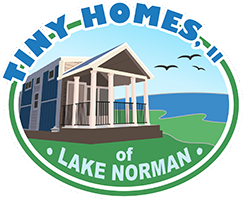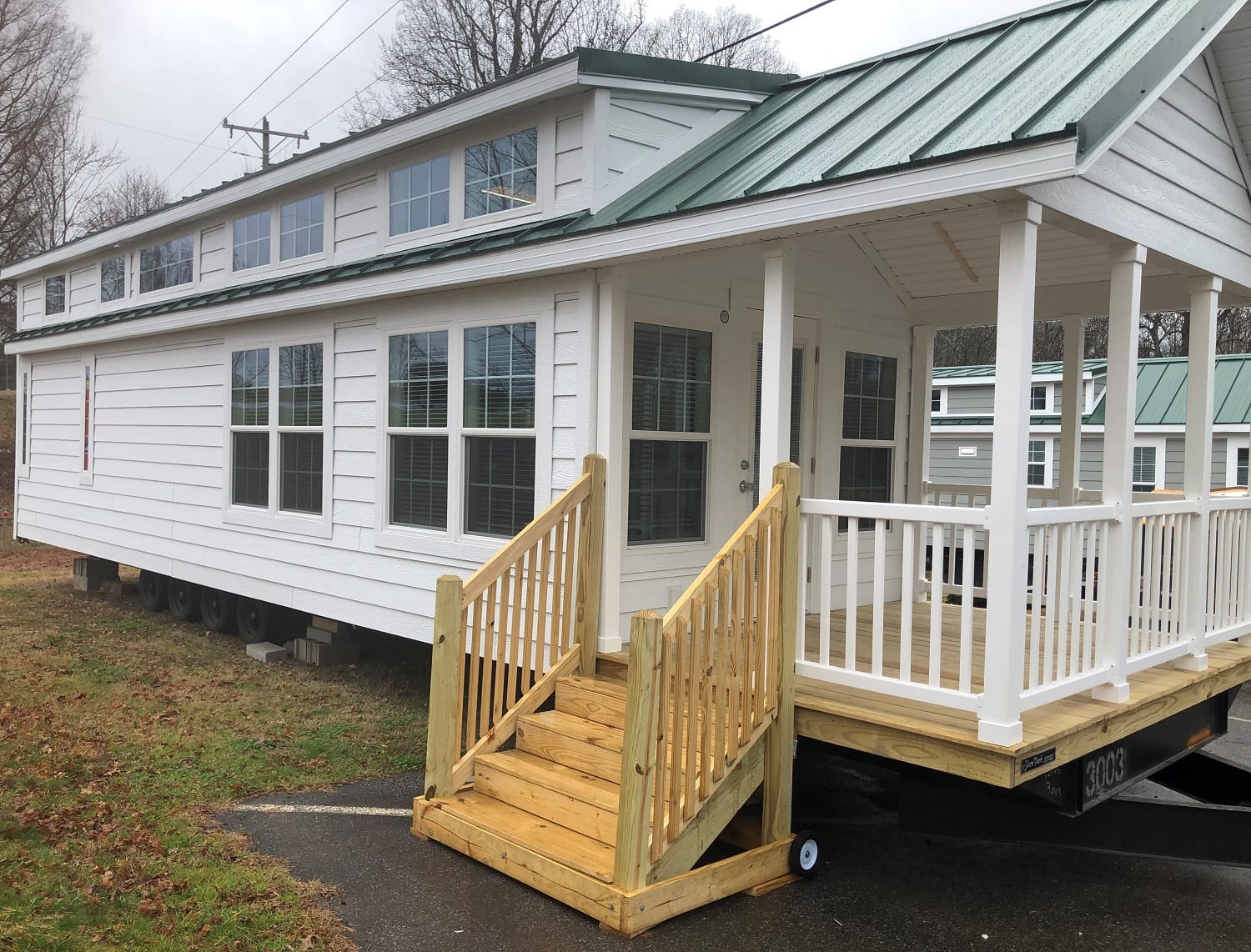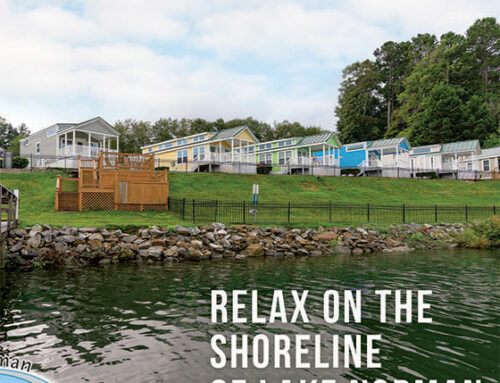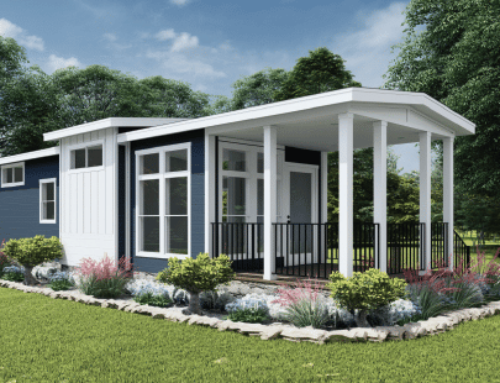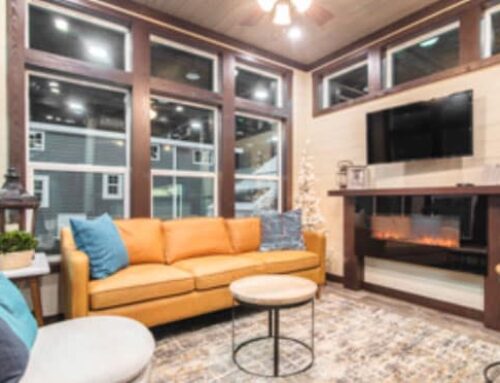An average large house requires 20 to 40 light bulbs for proper illumination. The numbers only increase when you add more features to your home. A tiny house requires not more than 10 bulbs. This is not the only factor that helps lower your energy bills when you live in a tiny house. A smaller house requires smaller and lesser equipment, and this further translates into greater energy savings.
Find out how living in a tiny house can mean much greater energy savings.
Why Tiny Homes Consume Lesser Energy
An average tiny house uses 7% of the energy compared to an average traditional house. Interestingly, this finding has more to do with your home’s size than the house’s power.
There has been a surge in the popularity of tiny homes in the past few years. The trend has been seen in the US and all over the world. A usual tiny house is up to 400 square feet in area, which is quite small compared to the average American house that measures 2,600 square feet. They will not only save more energy, but they also cost less, have lesser taxes, and require lesser maintenance.
Tiny houses consume lesser energy because of their smaller amount of space and built-in design features.
- Smaller Space: The smaller space is easier and quicker to heat or cool than a larger home. This helps reduce the money you need to spend on maintaining temperature.
- More Insulation Per Square Inch of Walls: Such houses also have most of the space between the interior and exterior walls filled with insulation. This further improves temperature control.
- Built-in Features: These houses have naturally built-in features that further contribute to energy savings. For example, smaller houses with large windows can get more natural lighting than in a large house. When lofted beds are included in the design, they can save more space and add more comfort, as the heated air will rise.
Heating & Cooling Requirements
Most American homes use central heating and air-conditioning. However, most tiny houses use a different setup. They will mostly use window air conditioning systems and space heaters. Most of these space heaters are powered around 1500W. When it comes to the air conditioning units, their power range can vary from 500W to 1300W. A typical tiny house will not need a cooling system at the higher end of this power spectrum.
As already mentioned, windows play an important role in maintaining temperatures in these types of houses. You can most of the warmth in the form of sunlight shining through large windows. They can also be left open to allow fresh air or cool breezes.
Your tiny home may require 100 gallons to 500 gallons of propane a year. This amount will depend on factors like:
- Size of your home
- Insulation
- Local climate
Houses measuring 2000 to 3000 square feet can require up to 1300 gallons of propane per year.
Lesser Energy Also Means Lesser Wastage
An average home has a much larger space compared to a tiny home. It will require more effort and more energy to heat or cool that space. Less energy consumed will also translate into less production of waste. This makes such houses more sustainable.
The amount of energy consumed by a tiny home also depends on its design. Some will use more energy than others, but you can have them custom-designed. This allows you to make more sustainable choices. For example, you can add large windows on both sides of your home. This can support passive cooling and heating during different times of the year.
Another thing you can do is to use solar-powered blackout shades on skylights. This can help prevent 40% heat loss while also enabling 60% heat gain.
Installing Renewable Energy Sources
Tiny home park models are just the perfect size to be powered by solar energy. You can install renewable energy systems to generate on-site electricity. The good thing is your energy needs can be fulfilled by a much smaller solar and wind turbine system compared to an average-sized home. An average tiny house will require 15 or more solar panels to meet its electricity needs.
Many other customization options can help you save more on your energy bills. This includes:
- LED lighting
- Filtration systems
- Low-flow water appliances
Premier tiny homes are big energy savers. However, the benefits don’t just stop there. They also require less water. When you fit your home with propane instead of natural gas, you can save even more. As a general rule, tiny houses require less energy because they have lesser space. So they will cost less than an average-sized home in most forms of utility bills.
If you need more information about mountain tiny homes or other tiny homes, get in touch with our tiny home dealer at Tiny Homes of Lake Norman at 704-489-6033.
